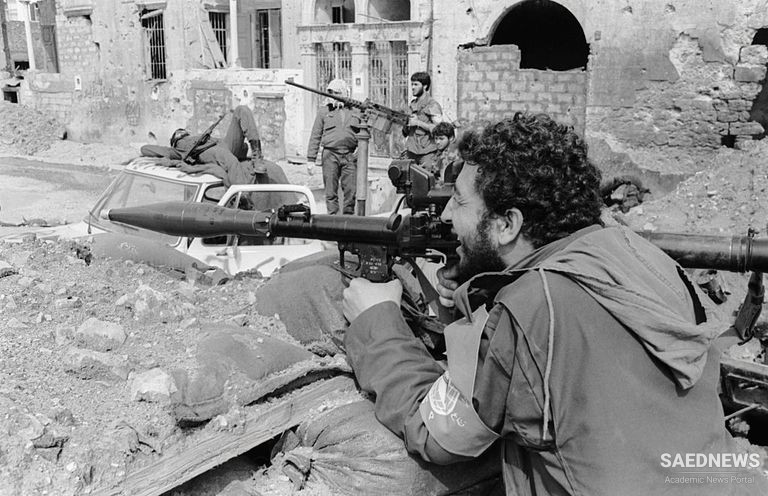The late 1970s and early 1980s were a time of great foment, enthusiasm, and transition among the Shia of Lebanon. Amal enjoyed a resurgence among the Shia of southern Lebanon, particularly following the disappearance of Sayyid Musa al-Sadr in Libya in August 1978 and the example set by the Shia-led Islamic Revolution in Iran in 1978–79. Originally an adjunct militia to the Movement of the Deprived, Amal expanded into a political reform movement as well, and its new leaders were not clerics but members of the lay middle class, typified by the lawyer Nabih Berri, who became leader in 1979. Berri’s father, Mustafa, had been a trader in Sierre Leone, one of thousands of Shia who had left Lebanon to seek opportunities in Africa. (Nabih was born in Freetown, Sierra Leone’s capital.)
In the early 1980s Amal embraced many ideological currents and disagreements and had no firm hierarchy. What most adherents of the movement shared was a disdain for the Zuama (political bosses), who traditionally dominated Shia society, and anger toward Palestinian guerrillas and their allies. Although one heard expressions of hatred toward Israel, particularly in the South, these were far less common and less intense than they became a quarter-century later.


 The Rise of Imam Musa al-Sadr and Evolution of Lebanese Resistance Front
The Rise of Imam Musa al-Sadr and Evolution of Lebanese Resistance Front














































